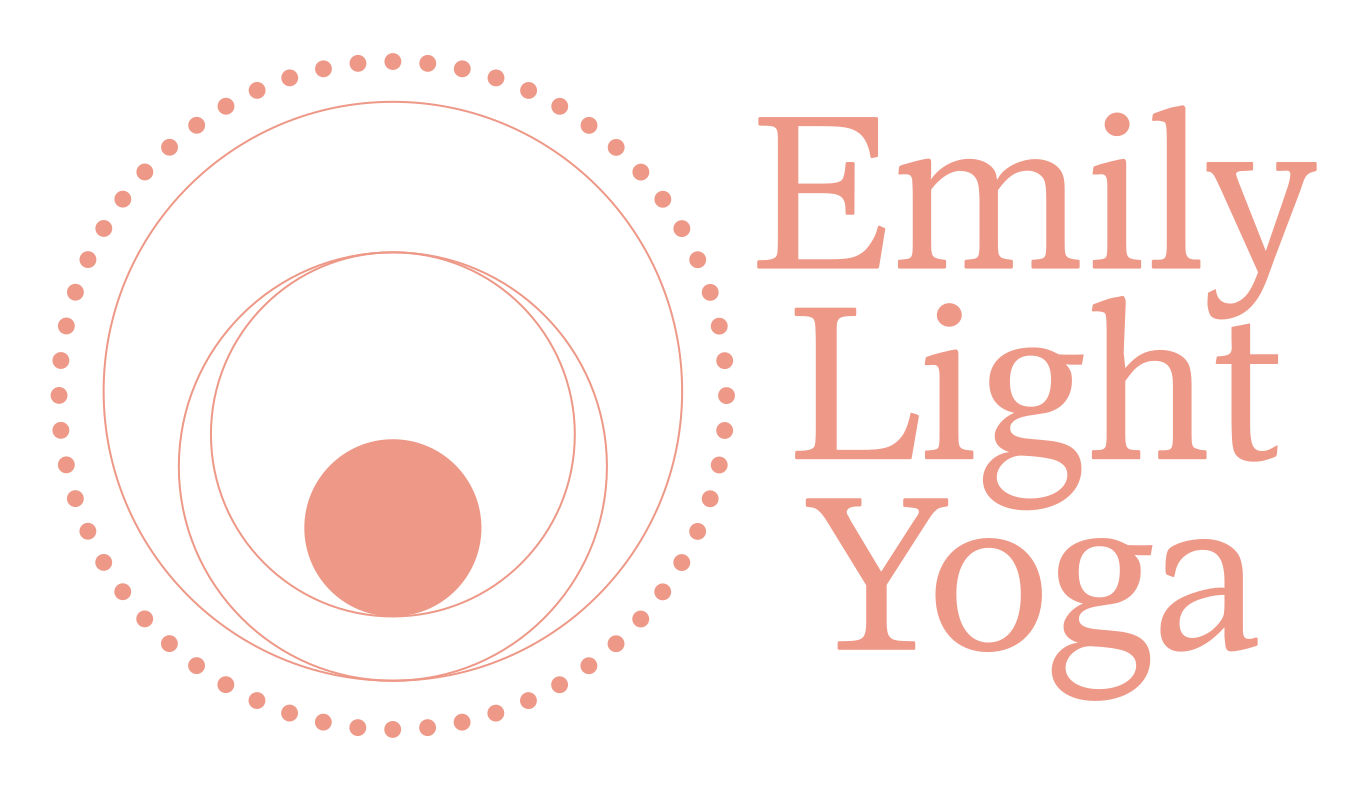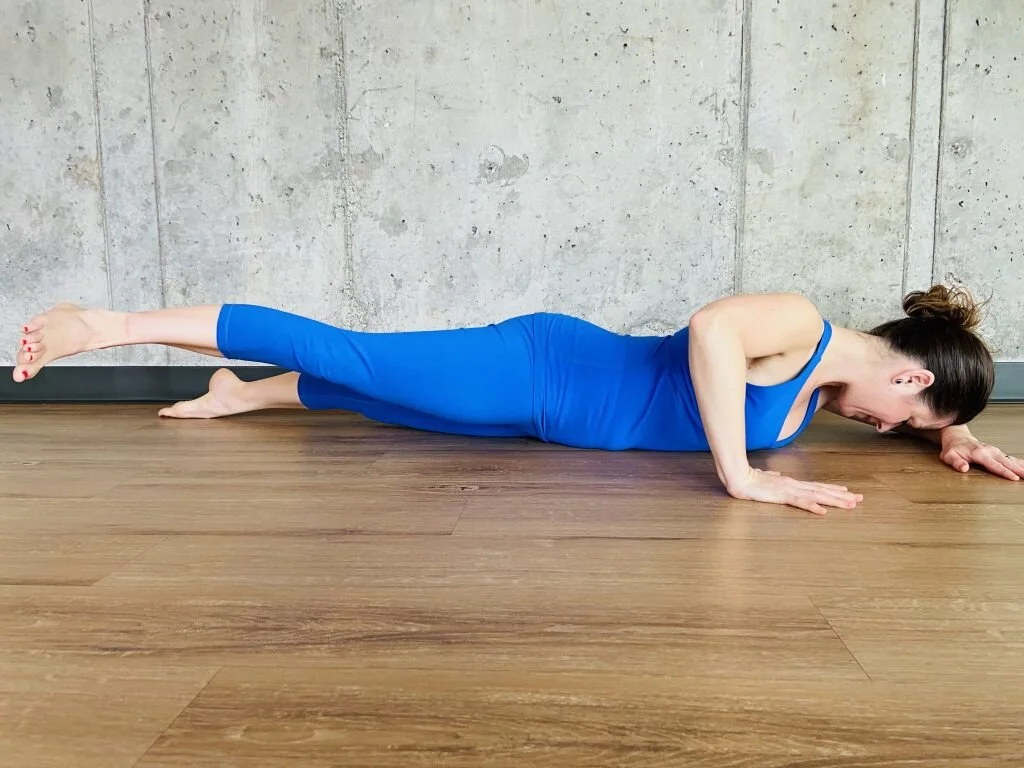When Stretching Isn’t the Answer
Tight hips? The solution may surprise you…
For the last several months I’ve had a big toe thing. I won’t bore you with the details besides that it's probably related to my knee and hip and it feels "tight" in some areas around the joint. My point for mentioning this, is that I’ve been articulating my toes in different ways as part of my toe recovery protocol. “Toe recovery protocol” sounds way too intense for the exercises I’m doing! Anyways, I’ve been doing things like spreading my toes apart (abduction), and hugging my toes in toward one another (adduction), without scrunching or curling my toes. These smaller muscular actions are often more challenging, (or at the very least, challenging in a different way), than the bigger actions of larger muscle groups.
For example, I find it more difficult to adduct my toes (hug them in) than I do my leg. The muscles that draw the toes together are smaller than the muscles of the inner thigh compartment (which moves the whole leg toward the midline of the body). We’re also likely to be more familiar with conscious adduction of the leg vs. the toes because we do that action more frequently. Plus, our toes are squished in our shoes most of the day and we forget about them until something starts to go awry, and then we try to fix them with fancier shoes (which, to be fair, can be part of the solution). Unfortunately, we often end our pathway of healing at the fancy shoe store, stopping short of addressing the actual foot issue (which is in relationship with everything up stream in the body!). My point here is not to talk about the feet, nor the toes specifically, but to highlight the benefits of activating the smaller muscles around joints, refining our joint actions, control, and patterns of movement. And finally, how the experience of “tightness” in the body relates to joint control.
A lot of folks come to yoga asana practice feeling tightness in their hips and just want to get in there and stretch it out. Pigeon anyone? Maybe this resonates with you and your experience. If so, let me ask, has Pigeon resolved your tight hips? Do you keep practicing Pigeon in the hopes that the 100th or 1000th Pigeon will do the trick? If you answered “yes”, I’d like to offer you another approach to consider adding into the mix…
What tight muscles want
The sensation of tightness can appear for many reasons. Sometimes it’s due to past or present injury, postural habits, psychological stress, or genetics, to name a few. When there’s a feeling of tightness, it’s like our nervous system is saying, “pay attention!”, rather than pointing a finger at one exact spot and saying “stretch me!”. The body could be asking to be stretched, or massaged, or not. In fact, the experience of tightness may be… wait for it… the body asking for strengthening.
What?! Don’t “tight” muscles need to be stretched out? Always and forever?
No. Not always.
Yet another factor that’s involved in the feeling of tightness or restricted range of motion is related to joint control.
Let me explain: Imagine you feel tightness in your hips (maybe that’s not a far stretch of the imagination ;). You may be feeling tightness for many different reasons, or a combination of reasons. One may be that your nervous system is registering a need for greater control of the actions of your hip joints. So, your nervous system signals to the muscles close to the hip joints to contract, like your Piriformis (one of your Deep Six External Rotators of the hip that originates on the front/anterior side of your sacrum, and inserts into your upper, outer thigh bone/femur), to allow for greater control of the joints.
And then you flop into Pigeon to try to stretch your Piriformis. If your nervous system is trying to contract that muscle for hip joint control (or for another reason), and you try to passively stretch it out instead, there’s a bit of a battle happening.
Listen to what your body is telling you
What if you explored strengthening your Piriformis? If the tightness in your Piriformis is related to an attempt to gain more leadership in how your hip joint functions, following that lead may produce different results than trying to do the opposite. Independent of why the muscle feels tight or why the range of motion feels limited, enhancing joint control is a beneficial aim.
More capacity for joint control = efficient and integrated movements = greater ease in moving on and off the mat.
This feels like a “mic drop” moment.
You know I’m not gonna leave you hanging there! The following is one of my new favorite exercises for strengthening the muscles which abduct and externally rotate the hip.
Side Lying Hip Rotator
Lie down on your left side in one straight line - with your heels, the back of your pelvis, and the back of your head in one line.
Rest your head on your bottom arm anyway you like.
Lift your right leg so your foot is a little higher than your pelvis.
Place your right hand on the ground in front of your torso, far enough away from your chest that you have space to roll.
Roll to your front side (chest, abdomen and pelvis move down toward the ground) while reaching your right toes up toward the ceiling. Point your back (left) toes and roll to the top of your back foot.
Press your right hand down and return to the starting position.
Focus on the movement coming from deep within your hip joint, rather than at your knee or ankle.
For more challenge: place a folded blanket on your right outer low leg, ankle and foot.
Repeat 10X or more, then switch sides.
Time to experiment!
There’s not a one-size-fits-all approach with tight hips or with anything in life. You are your best scientist. You are the number one expert of living in your own body. If you want to try this exercise, I recommend showing up to class 10 minutes early to do a set or more on each side, and any other active range of motion exercises you’re working with, before the group practice. Your body will thank you!
If you try this out, let me know what you think in the comments below.



